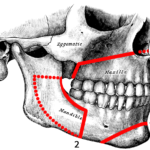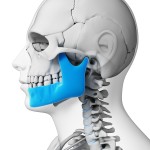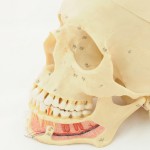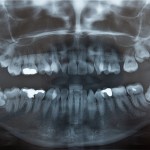
This review investigating whether the presence of third molars during sagittal split osteotomy of the mandible increases the risk of complications included 15 studies. The findings suggests no statistically significant relationship between the presence of 3Ms and complications. However a majority of the studies were retrospective with 13 studies being considered to be at high risk of bias so the certainty of the evidence is considered to be very low.
[read the full story...]


